The computer industry is one of the most developing areas today, when the days of mainframes and punched cards have long been forgotten, and computers are in almost every home, devices that perform control functions naturally evolved along with them. Mice of unimaginable shapes and colors, wired and wireless, equipped with numerous options, can impress even the most sophisticated user. And few people will be able to remember what it was like 15-20 years ago, not to mention the first models of the manipulator. At the same time, the history of the development of a computer mouse is already half a century old! Let’s go back to the origins and consider what it was and how it changed its appearance over the decades.

Contents
The first prototype of a computer mouse
To begin with, let’s remember who is the inventor of the manipulator, which today has become a multifunctional control device, without which no user can do, and when the world saw the first prototype. The manipulator was first presented at a computer conference in 1968 by Douglas Engelbart, an employee of the Stanford Research Institute, who invented the computer mouse, or rather the “XY position indicator for the display system”, five years earlier.

The idea to create such a control device appeared when the keyboard was not enough to enter information. It was necessary to figure out how to facilitate the task of working with graphics and make a convenient manipulator. And since the screen is an array of pixels placed on a grid horizontally and vertically, two disks should be used to move the pointer and interact with elements on the display, each responsible for its own axis. Thus, the invention of the computer manipulator was inevitable due to the need to control graphic elements.
Then the manipulator appeared not at all in the form in which we are used to seeing him. The device that Engelbart came up with had a very clumsy appearance, because it was not about design performance, but about ease of control. The mouse was a simple device, inside of which there were two discs for movement on the screen along the X and Y axes in four directions, and looked like a wooden box with one button on top of the case and a wire.

In 1970, the inventor received a patent for his device from a wooden case with metal wheels, eventually nicknamed “the mouse”. The manipulator received this name due to the wire coming from the device and connecting it to the computer and resembling a mouse tail.
After the rights of use were transferred to Xerox and Apple, the manipulator has undergone numerous changes and has become widespread.
The first serial computer mouse
In 1973, when the Xerox Alto personal computer with a graphical interface was introduced, the first plastic computer mouse with three buttons appeared, supplied with the PC as a control device and already more similar in appearance to the usual models. Xerox Alto did not become a mass product, but several thousand machines were used in the company itself, as well as in universities.
Cursor control was achieved by a ball and two rollers enclosed in the device body. This design had one obvious drawback – the accumulation of dust and dirt inside the mechanism, which then provoked the effect of sticking the cursor, which prompted Stephen Kirch in 1981 to invent an optical model devoid of these drawbacks. For the creation of a similar device, and took up Richard Lyon, an employee of Xerox. The optical controller, which read the coordinates by means of an optical sensor, was less dirty and was more compact than the mechanical model; it also required a reflective mat to use it.

So, already a few years after the creation of the prototype by Engelbart, the computer mouse was unrecognizable. It began to look more stylish and modern, while in order to appear in mass production, the controller needed changes that would make the product cheaper (the cost of a mouse at that time was $ 400, which was an exorbitant price tag in those years).
First affordable mouse on the market
Inspired by the idea of controlling a computer with a mouse, the young Steve Jobs also decided to create a controller available to the average consumer. He took into account all the shortcomings, including the main ones – the high cost of the device and the need to use it on a special surface, and set about creating his own model.

In 1983, Apple bought the license from Xerox and released its own mouse that came with the Apple Lisa. The Lisa Mouse controller, created for the first commercial computer, was strikingly different from the Xerox device – the company managed to reduce the cost of production, and the price tag for the product dropped to $ 25, and instead of three buttons, one was now used. The same mouse, but with rounded body edges, was released in 1984 in tandem with the Macintosh.
The appearance of the scroll wheel
The history of the computer mouse continued with the introduction of another important detail into the design – the scroll wheel. Previously, the scroll bar was only part of the interface, and interaction with this element was carried out by clicking on the bar.
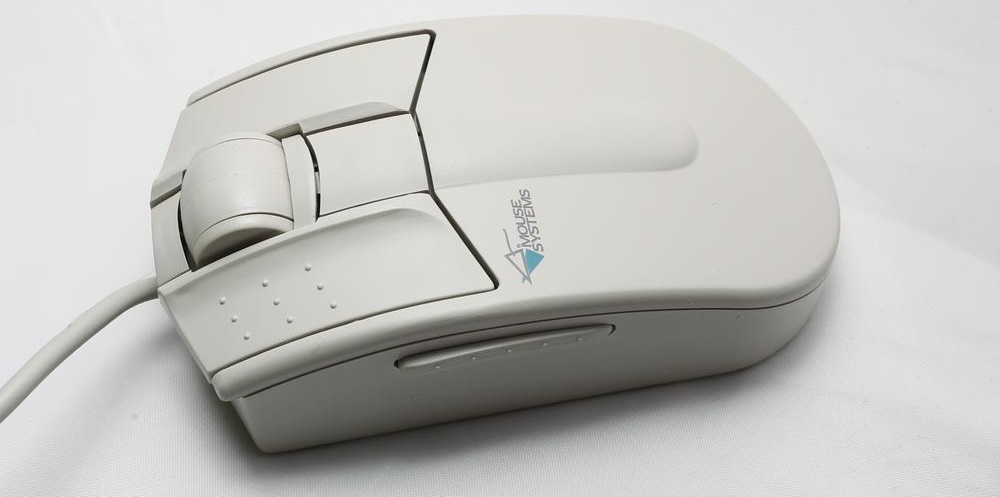
The metal ball was replaced with a rubberized one, then a wheel appeared, developed by different engineers in parallel. The first mouse with the scroll wheel familiar today was the Pro-agio / Easyscroll model from Genius. A year later, in 1996, Microsoft launched the mass production of IntelliMouse mice, which quickly became popular among users. At first, two-button devices were equipped with an additional button to turn scrolling on and off, later a wheel appeared instead of it, allowing you to turn pages and control the scale.

Expanding the functionality of devices, manufacturers have added a number of buttons. Some of them were responsible for device settings, others for certain tasks (volume control, playback, launching applications, etc.) and could be programmed for various actions. The user was required to download the necessary drivers. Such models quickly gained popularity among gamers.
The first optical mouse
The second generation of optical manipulators completely supplanted mechanical models from the market in the late 90s. In 1999, the ball mechanism of the IntelliMouse controller was replaced with an optical one (LED), and it was possible to use such a mouse without a special mat, although the work was unstable on glass, mirror surfaces. This mouse was the first mass-produced optical model.
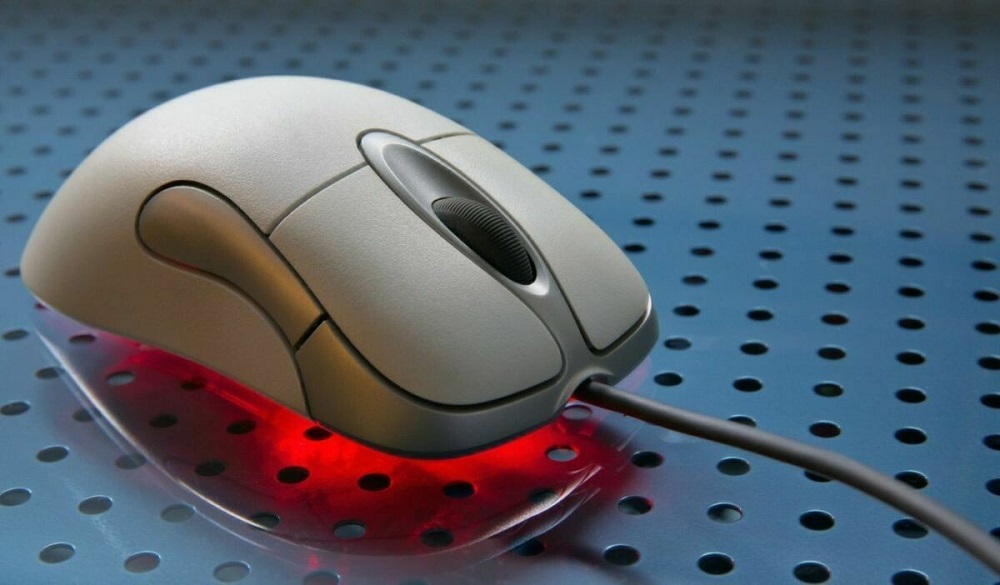
The first wireless laser mouse
Logitech made an invaluable contribution to the development of the manipulator. It is to her that the mouse owes the loss of its “tail”. In 1984, a wireless infrared mouse was first developed for the Metaphor computer, and in 1991 the Logitech MouseMan Cordless, a “tailless” mouse based on a 150 kHz radio signal, appeared. Three years later, the company presented a new generation of wireless controls with a radio frequency of 27 MHz, and in 2001 the first serial mouse, devoid of a wire and equipped with a laser sensor, was released, significantly superior in sensitivity to the optical version. As for the control, such a device worked on any surface with the exception of a mirror, and the automatic shutdown of the laser when it was lifted off the surface made it possible to save energy. The body repeated the shape of the hand,which was a great solution for right-handers.
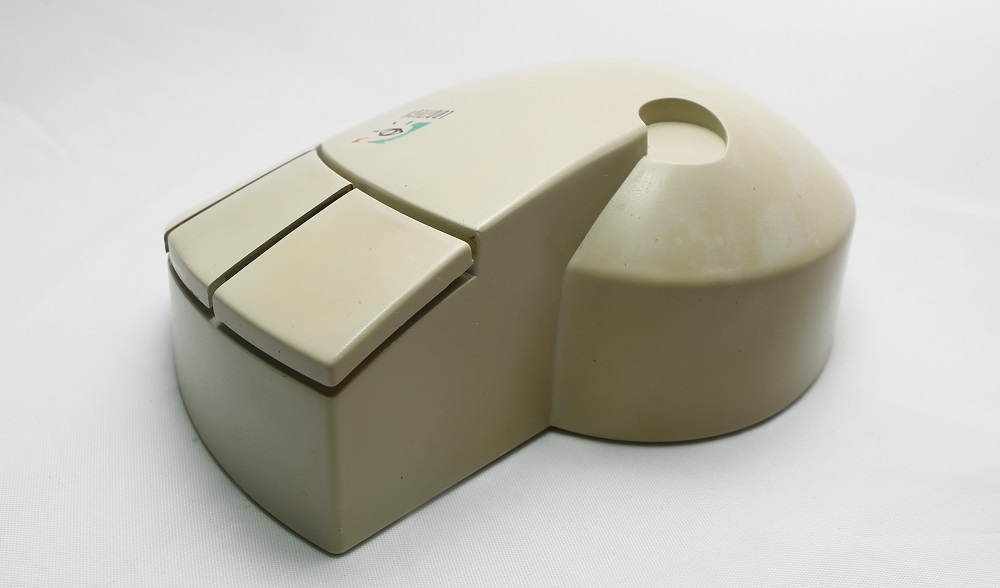
A great variety of models from various manufacturers have appeared on the market, having picked up the idea of u200b u200bcreating a wire-free mouse. In the 2000s, the changes were mainly related to the design approach. The developers’ imagination was aimed at improving the ergonomics and appearance of the devices – the body became more compact, smoothed, and the variations in its colors became more and more diverse. Then they began experimenting with redesigning the designs in favor of the comfort of use of the models.
In 2009, Apple creates a Magic Mouse, completely without buttons, but no less functional – you can click anywhere on the top panel, and the touch matrix allows you to scroll through pages, zoom and make clicks.
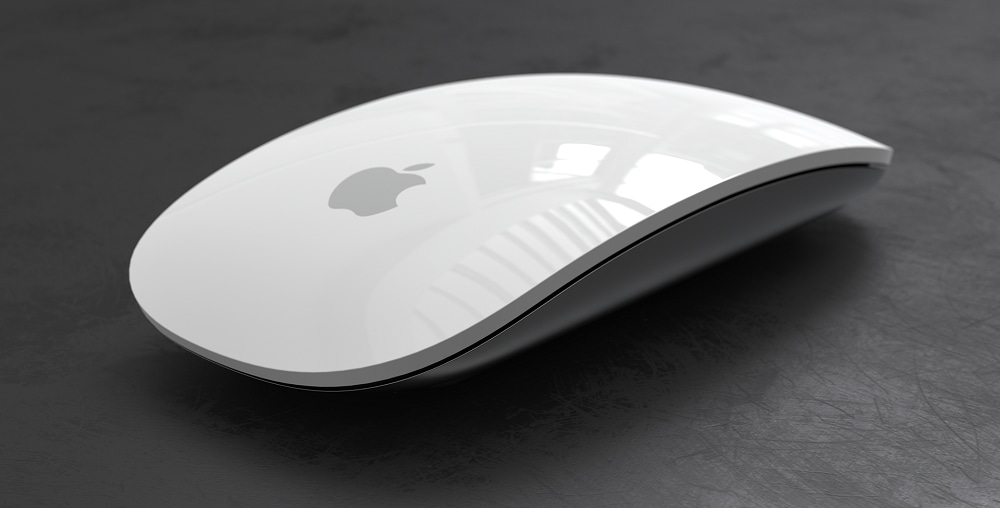
Ability to work on multiple computers at the same time
In 2018, Logitech released the MX Master 2S professional model, through which you can work on several computers at the same time, moving elements between displays. The wireless LED mouse works on any surface. Today the cost of the flagship model reaches 8,000 rubles.
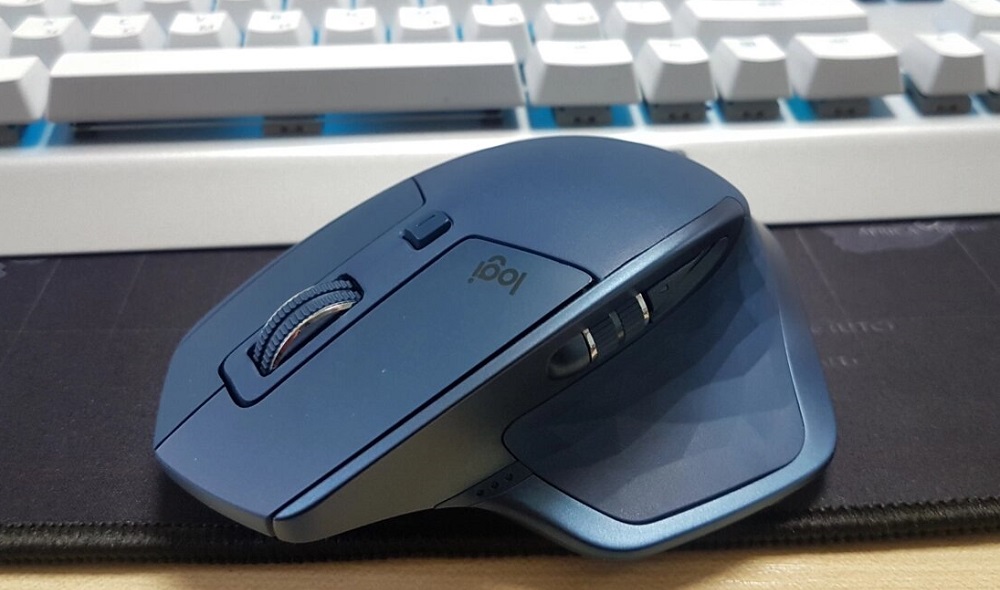
The first mouse with a silent ultra-fast scroll wheel
In 2019, Logitech launched the MX Master 3, another controller in the lineup. A professional mouse designed to increase productivity when working with digital content. It features quiet operation and high sensitivity.

Today, among the abundance of functional and ergonomic manipulators, each user can choose a model to suit his needs. In the meantime, manufacturers have been slow to retire the control, offering improved controller variations every year. Let’s see how the developers will surprise us in the near future.